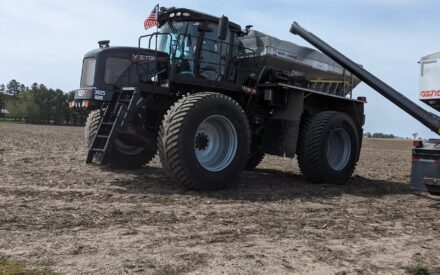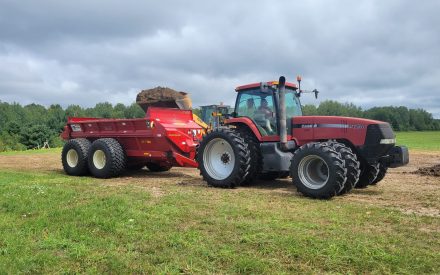Cover crops are grown to protect the soil and store nutrients left behind by the cash crop. While above ground growth is important to protect soil from erosion due to rain drop splash, root growth below ground is important for improving soil characteristics in the root zone. These diagrams show the rooting characteristics of various cover crop species.
Keeping living roots in the soil for as long as possible during the year is important for improving or maintaining soil health. Roots exude carbohydrates and other compounds into the soil to feed fungi and bacteria that in turn provide nutrients, particularly nitrogen and phosphorus, to the plants. Earth worms and other soil organisms feed on the fungi and bacteria that are supported by living plant roots. During times of the year when there are no living roots in the soil, fungi and bacteria go dormant, requiring a ramping up time when the cash crop is planted. Having living roots in the soil as long as possible reduces the amount of time needed and the magnitude of ramping up needed by the bacteria and fungi.
Physical diversity of root growth characteristics is important. Roots provide channels in the soil for water infiltration and root growth of crops that follow the cover crop. Species with deep growing roots grab nutrients deep in the soil profile before the nutrients can escape to tile lines or ground water. Horizontal or fibrous roots can help alleviate soil structure issues in the upper levels of soil where most plants receive their water and nutrients. Use these tables to choose a variety of cover crops based on rooting characteristics.
Each species of plant exudes slightly different compounds from their roots, impacting soil in different ways. Planting a variety of cover crop species can impact soil in a multitude of ways.
Herbicides used in crops may affect establishment and utilization of a cover crop. Herbicides may reduce the success of cover crop establishment, frustrating efforts to protect soil. More importantly, rotational intervals in herbicide labels need to be heeded prior to grazing or harvesting a cover crop as forage. It would be a shame to be in a forage deficit situation and have a beautiful field of cover crop that cannot be utilized as forage because of an herbicide used the prior year.
There are many ways that cover crops can benefit our soils. Sustainable Agriculture Research and Education (SARE), has laid out ten ways cover crops benefit soil health.

 ▶ Unlocking the Potential of Biological Nitrogen Fixation in Corn
▶ Unlocking the Potential of Biological Nitrogen Fixation in Corn ▶ Nitrogen Leaching: Trends, Risks and Regional Insights
▶ Nitrogen Leaching: Trends, Risks and Regional Insights ▶ What You Can and Can’t Learn from a Nitrogen Response Curve
▶ What You Can and Can’t Learn from a Nitrogen Response Curve ▶ Tools for Planning and Spreading Manure
▶ Tools for Planning and Spreading Manure


